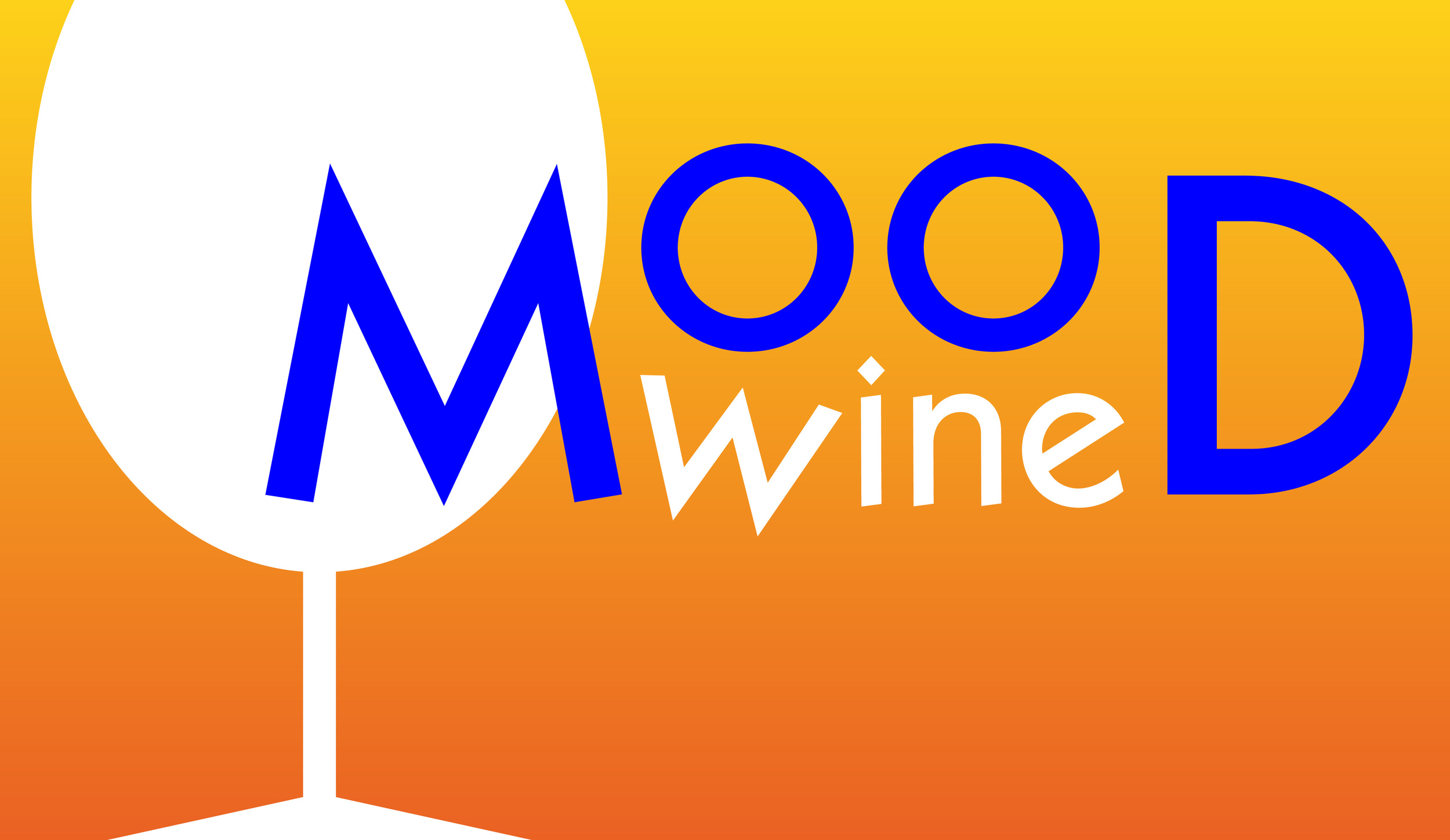NEW ORLEANS: CULTURE
If you're a foodie who loves wine, you'll enjoy our take on the Big Easy—especially if you're curious—or if you're going back.
Reason #1 to go: LIVE MUSIC.
Reason #2 to go: FOOD & WINE.
Reason #3 to go:
CULTURE & GEOGRAPHY
What makes Nola different?
We explored the architecture, the lake, the swamp, the cemeteries, and the GAY.
Let's go!
ARCHITECTURE & HISTORY
Patrick commented repeatedly on the fact that New Orleans feels more like an Old World city than any we've visited in North America. There are a few reasons for this. Here's three:
- Unlike Quebec, and almost all of the eastern USA, New Orleans was never possessed by the British. The first European settlement was French. After the British declared victory over the French at the end of the Seven Years' War (sometimes called the French & Indian War), various European powers convened and signed the Treaty of Paris in 1763. There the British gifted New Orleans to the Spanish. You can see signs all over the French Quarter telling you what the Spanish called this or that other street: Calle del Bourbon instead of Rue Bourbon, for example. Napoleon gained possession of New Orleans after invading France. He then sold it to Thomas Jefferson. It's been American since 1803, but retains an unmistakably French character.
- The streets in Vieux Carré (the French Quarter) remain narrow. Why drivers attempt to navigate Rue Bourbon remains a headscratcher.
- The city's cultural ties to France are also religious. New Orleans is predominantly Catholic, unlike most of the Protestant United States (notable exceptions include Irish neighborhoods in cities like Boston). Last year Jake visited Savannah and Charleston, and despite many similarities with New Orleans as Southern cities, they feel different because they're younger, but more importantly because they're majority Protestant.
Below: Easter brings out the best in some of the tourists. Several hideous flavors of dominionist Christians descended on Jackson Square to celebrate crucifixion, misogyny, brainwashing, and child marriage. Don't blame New Orleans. Who knows from under what rock they slithered. Kentucky? Iowa? Utah? Who cares?
VOODOO & DEATH
Compared to dominionist Christians, voodoo seems as quaint as SpongeBob.
The African mysticism of the slave culture in New Orleans, when melded with French Catholicism, produced Louisiana's version of the more famous Haitian voodoo tradition.
We missed the voodoo museum because Jake hates waiting in line. We did, however, pay $15 per person to go into the New Orleans franchise of the Museum of Death and look at police photos of the victims of mass murderers. Good times. Afterwards we can say we did NOT feel like going out for steak tartare.
Below: some of the public death décor. Totes charming!
SHOPPING
Oh no! Fluevog! Patrick is sucked in.
Lots of fancy shops on Royal Street. We found Louisiana hot sauces and other goodies in Magnolia Sugar & Spice. Definitely get off Bourbon Street unless you need a T-shirt or a ball cap.
THE LAKE
New Orleans does not lie on the ocean. Not yet, anyway. The Mississippi River runs west to east through the city, then bends south and continues out to the delta and the Gulf of Mexico.
The city is bounded on the north by one of North America's largest estuary lakes, Pontchartrain. It's six times larger than Tahoe but only about 12 feet deep, and full of critters. Me thinky no swimmy.
Most tourists in the French Quarter never see the lake.
Most tourists don't have a wonderful local resident named Joey as a close friend, though.
Joey showed us the lakeshore, a sunny seafood restaurant (char-grilled oysters), and then we toured an old New Orleans cemetery (below).
THE CEMETERIES
You can book a walking tour of a cemetery in the French Quarter, but we had car service thanks to Joey. Check out these mansions (all above ground presumably due to the water table).
Notice the stained glass, and the graves of Confederates still carefully watched over. And, can you find Patrick?
THE RIVER
You're looking at one of the most important geographical features of the entire North American continent. The reason New Orleans exists. The reason Andrew Jackson fought the British here in the War of 1812. Today we have trucks and planes but before, water travel dominated all trade. New Orleans was at its apex in the 19th century. Today, it relies on entertainment and tourism for its economy.
THE SWAMP
We are so glad we took the time to ride out to see the alligators on a small airboat. Apparently, all of Louisiana's wildlife can be coaxed to make an appearance if only you bring a bag of marshmallows.
THE PEOPLE
In case you haven't heard: New Orleans is SO GAY.
Well, half the French Quarter is, anyway. We had a blast, and everyone was so friendly.
Things to notice: Easter is just one excuse to get dressed up in bonnets and corsets, and many take advantage. What a hoot. Also: straight people at gay bar—mostly teachers on Spring Break, of course! Also, the ACLU was super active pitching "Defenders of Liberty." Bravo.
The final part of our series on visiting New Orleans at the Tricentennial I am calling "Things to know."
Here is a video summary of the trip.
























































































